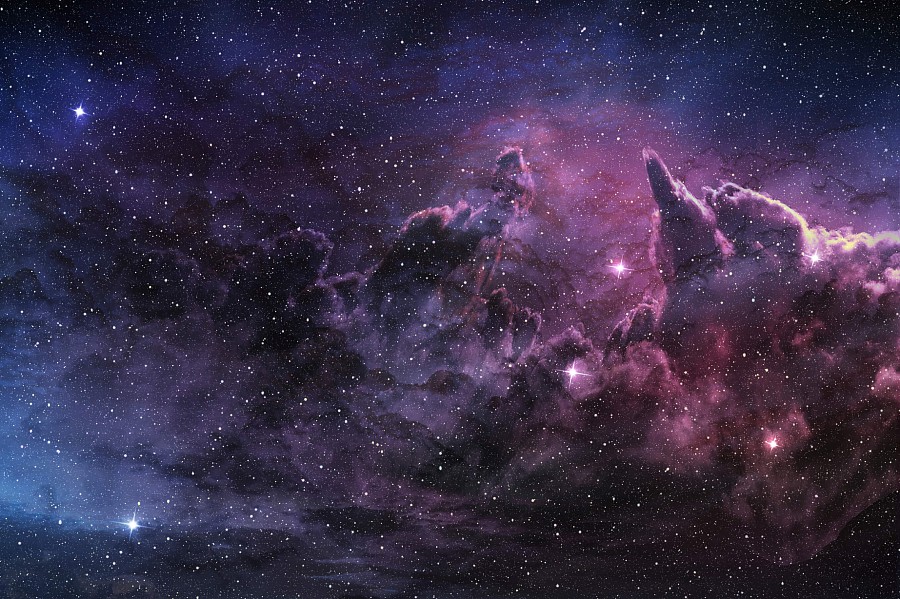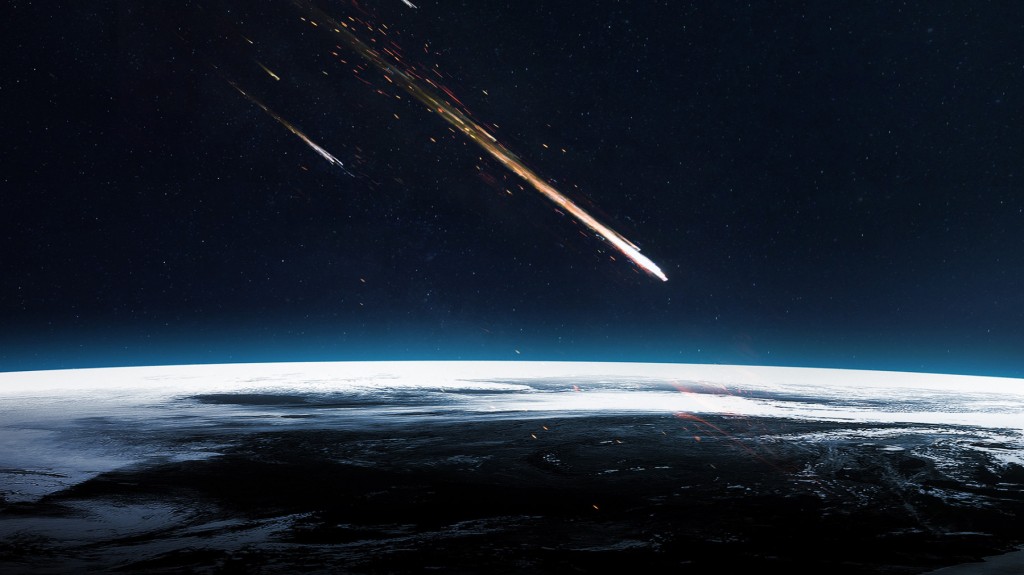November 6, 2019
Myths about «shooting stars»: what are meteorites?

Let's see: what of our knowledge about meteorites is true, and where lies lie?
Myth 1: meteorites are fragments of asteroids
Some of them really formed from the collision of asteroids and is, in fact, space debris. However, some appeared due to the destruction of planets. On Earth there are also meteorites from the surface of the moon and Mars.Myth 2: a meteorite is a stone
Most of the meteorites that hit the Earth are stone. However, there are also iron and ironstone objects. These are fragments of once existing planets, now destroyed. It is believed that their remains formed the asteroid Belt between Mars and Jupiter.Iron meteorites are about 90% iron, the rest is Nickel and scattered elements. They have widmanstatten lattice structure, named after count Alois von Widmanstatten, who described the phenomenon in the nineteenth century. This is a unique geometrically correct pattern, which is formed only in space. It is impossible to recreate it in the laboratory.
Ironstone meteorites formed from parts of the planet at the junction of the crust and mantle. They are a structure filled with crystals and crystal inclusions, forming a unique natural pattern.
Myth 3: meteorites are hot
This myth came from movies where objects falling from the sky are shown as red-hot stones. In fact, only the top layer is heated, it can deform and collapse when entering the atmosphere. Sometimes a meteorite burns completely. But if it gets to earth, it will be the same temperature as the environment, as its core is too much cooled.
Myth 4: meteorites are radioactive
There is a potential possibility that a radioactive meteorite will fall on Earth. But no one was found until the object is not "fonit". In contrast, for example, from the precious stones. So, the London Blue Topaz is slightly radioactive.Myth 5: a meteorite is a rarity
For all life the person seldom sees "shooting stars". However, in fact, 40,000 tons of space debris, including meteorites, fall on our planet every year. Most fall into the oceans, but some settle on land. Particles micrometeorites there is even in household dust!
Read more
April 12, 2024
April 5, 2024